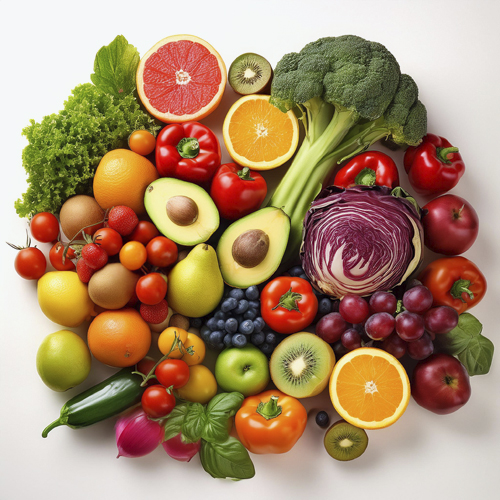According to the UN, the world population, which is 8 billion people today, will reach 8.5 billion in 2030, and 10.4 billion by 2100. Feeding this huge population represents, and will continue to represent an enormous challenge for the global agri-food industry, in which fertilisers play a key role, bearing in mind that the land available for agricultural production not only does not increase, but is actually decreasing.
By definition, a fertile land (from the Latin fertĭlis) is a land that produces a lot. Fertilisers are therefore materials whose main function is to provide nutrients to plants, as the soil is not able to supply the nutritional needs of crops, allowing more and better quality food to be produced. Some estimates put ammonia-based fertilisers alone at around 40% of the world's protein supply in the diet (1).

DELSO has been supplying fertilisers since 1978. Today, we produce more than 350,000 tonnes of fertiliser annually and, thanks to our import and logistics capacity, are able to place almost 1.5 million tonnes a year on the markets of more than 10 countries.
What does this translate into? In very general terms, if we consider, as certain studies indicate(2), that for every 200 kg of nitrogen provided, we could increase cereal production by 1,451 kg, and if we extrapolate our activity to fit statistics, our activity would be responsible for the production of some 10.5 million tonnes of food annually. This would be enough to feed 15 million people for a year at the level of Spanish consumption in 2022. While these calculations are only an approximation, they give an idea of the paramount importance and impact of our work in ensuring food security.
(1) Smil, V. 1999. Long-range Perspectives in Inorganic Fertilizers in Global Agriculture. 1999 Travis P. Hignett Lecture, IFDC, Alabama, USA. (Source: FAO)
(2) https://thundersaidenergy.com/downloads/crop-production-how-much-does-nitrogen-fertilizer-increase-yields/